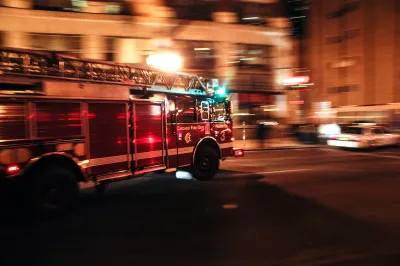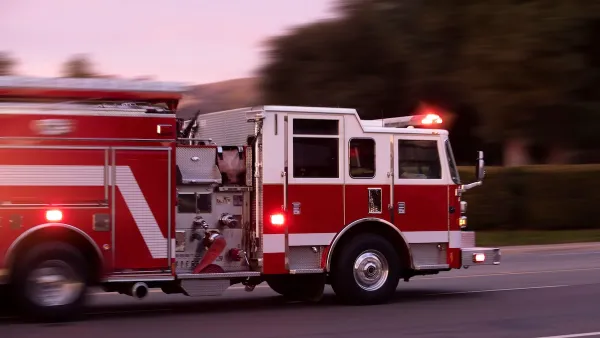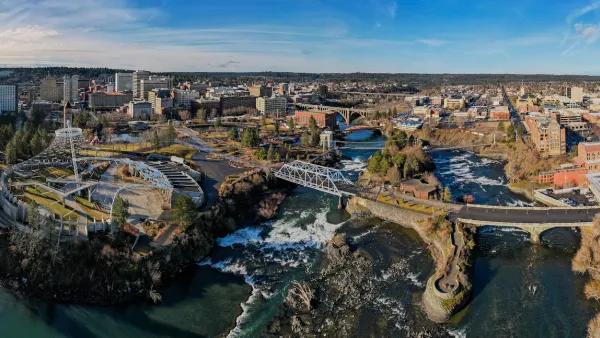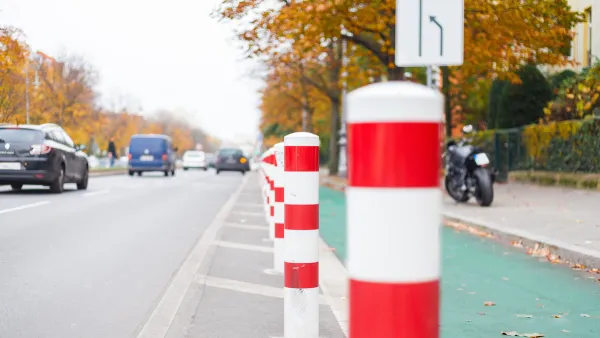Examples from the Netherlands show how bike lanes and traffic calming can coexist with effective emergency response.

An article by Streetsblog USA staff seeks to resolve the conflict between road safety advocates and first responders, who sometimes oppose bike lanes and other safety interventions citing concerns about emergency access.
The article highlights a conversation in Streetsblog’s The Brake podcast that describes “how the Netherlands and other countries have navigated the challenge of building EMS-friendly streets that aren't hostile to people outside cars.”
According to the authors of a new study from the Dutch Cycling Embassy, “one thing that Dutch cities do remarkably well that the US can learn from is the network isolation of their streets and creating this hierarchy of streets so that we do have these arterial roads that the emergency vehicles can use them for the vast majority of their journey. And then maybe the last 200 meters will be on a traffic calmed local street.” The authors say emergency personnel is involved in decisionmaking early to address any potential issues.
The study authors note that many Dutch towns use smaller trucks where appropriate; “in some cities, it was completely fine to start introducing the smaller fire trucks because there are so many water access points along their routes, that's in the end, you don't bring all the water where you where you work with.”
FULL STORY: Do Bike Advocates and EMS Workers Have to Be Enemies?

National Parks Layoffs Will Cause Communities to Lose Billions
Thousands of essential park workers were laid off this week, just before the busy spring break season.

Retro-silient?: America’s First “Eco-burb,” The Woodlands Turns 50
A master-planned community north of Houston offers lessons on green infrastructure and resilient design, but falls short of its founder’s lofty affordability and walkability goals.

Delivering for America Plan Will Downgrade Mail Service in at Least 49.5 Percent of Zip Codes
Republican and Democrat lawmakers criticize the plan for its disproportionate negative impact on rural communities.

Test News Post 1
This is a summary

Test News Headline 46
Test for the image on the front page.

Balancing Bombs and Butterflies: How the National Guard Protects a Rare Species
The National Guard at Fort Indiantown Gap uses GIS technology and land management strategies to balance military training with conservation efforts, ensuring the survival of the rare eastern regal fritillary butterfly.
Urban Design for Planners 1: Software Tools
This six-course series explores essential urban design concepts using open source software and equips planners with the tools they need to participate fully in the urban design process.
Planning for Universal Design
Learn the tools for implementing Universal Design in planning regulations.
EMC Planning Group, Inc.
Planetizen
Planetizen
Mpact (formerly Rail~Volution)
Great Falls Development Authority, Inc.
HUDs Office of Policy Development and Research
NYU Wagner Graduate School of Public Service





























